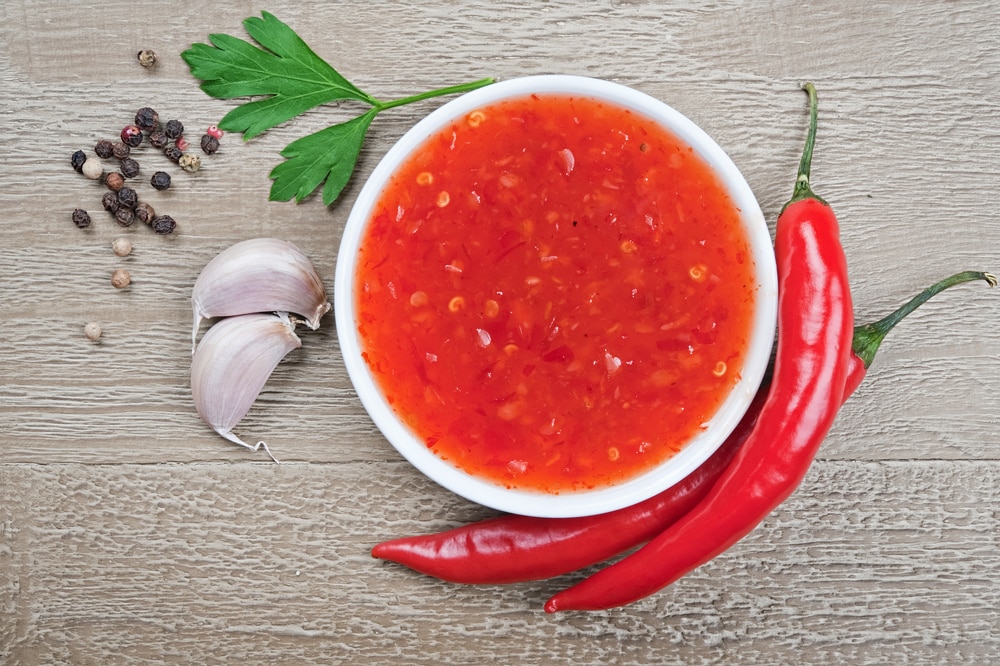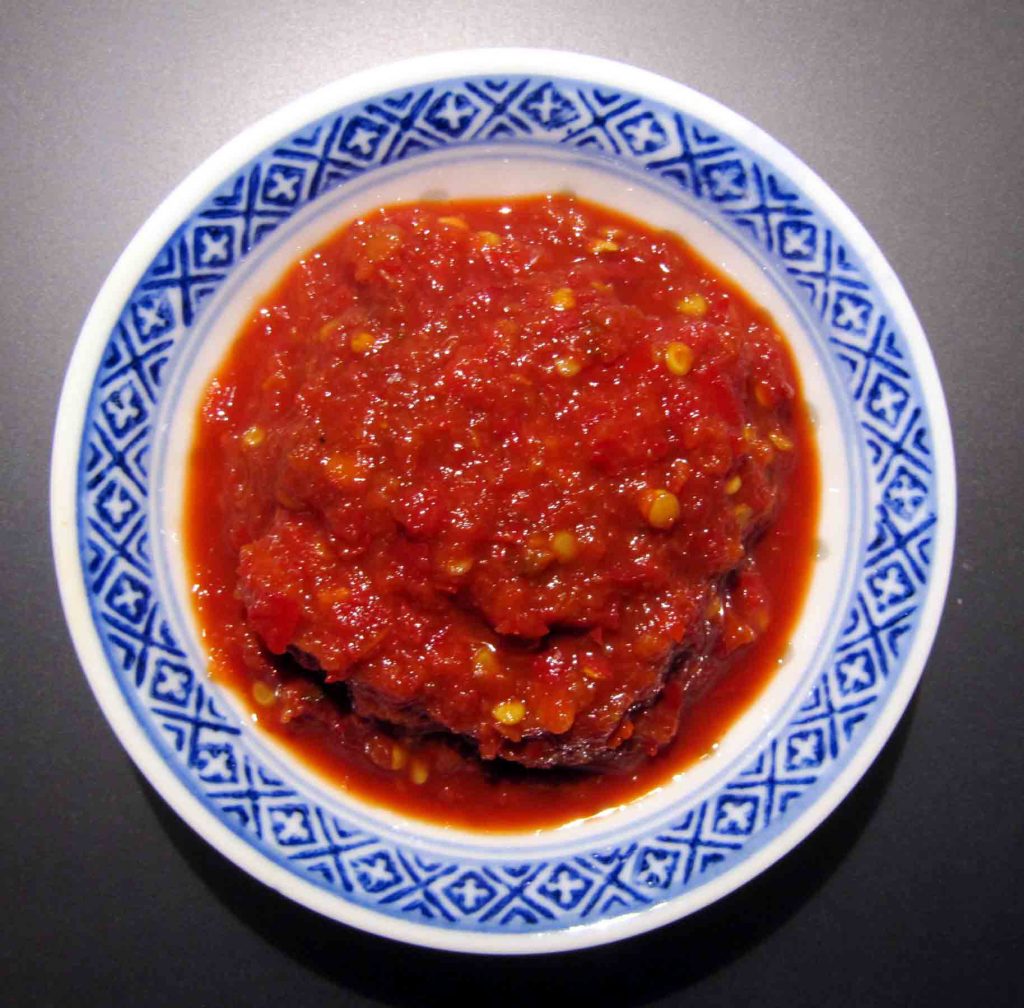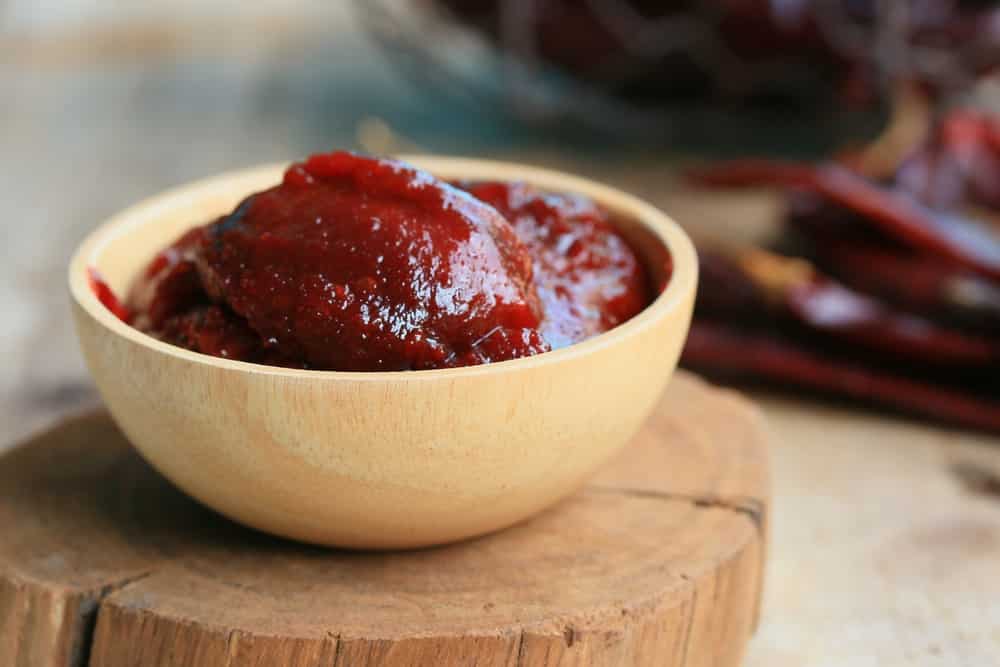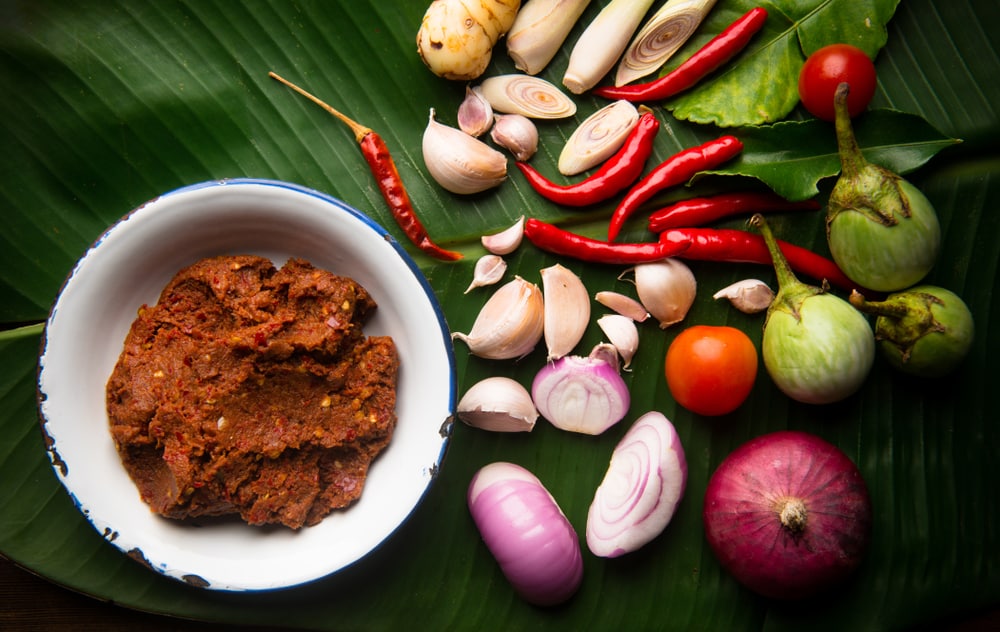
Sauces complement all cuisines around the world by transforming any ordinary dish into an extraordinary one. Every sauce carries a distinct taste and can be used as per preference to adjust the taste of the final dish.
Whether you drizzle it on top or add it while cooking, a sauce guarantees finger-licking food always. With the ability to stimulate appetite, sauces can be used in both savory and sweet dishes.
Pickapeppa sauce originated in Jamaica and dates to the early 1900s. Ketchup and Pickapeppa sauce have a stark similarity in texture. Slightly sweet and mildly tangy, with a hint of spiciness, makes this sauce so distinct. Caribbean flavors have heavily influenced its recipe.
Pickapeppa Sauce Substitutes
In case you cannot get your hands on Pickapeppa sauce, try the following sauces as a substitute to achieve the best results.
1. Tabasco Sauce
Created with Tabasco peppers, this sauce is on the spicier side to please spice lovers. The sweetness and tangy taste notes make it a fantastic substitute for Pickapeppa sauce.
Health-conscious people can easily consume this product as it contains a low amount of salt, no calories, and no artificial colors.
In addition to that, Tabasco sauce is also a perfect travel partner as it makes bland food items edible. Sandwiches, pasta, wraps, burgers, soups, and other types of savory food can be taken to the next level with this sauce. What’s the best part? It’s also gluten-free!
2. Sriracha
In 1930, a woman named Thanom Chakkapak invented Sriracha sauce in Sri Racha, a town in Thailand. Many chefs believe that Sriracha is close to Pickapeppa sauce in terms of sweetness and use these sauces interchangeably.
It is often used as the main ingredient in fast food, such as “Sriracha pizza” or “Sriracha fried chicken.”
The thick texture makes it feel like a paste more than a sauce, and the pronounced flavor of chili adds a strong flavor to it. The bottle has a convenient nozzle that allows the regulation of sauce squeezed out.
One thing to keep in mind is that patients with high blood pressure should be careful while consuming this product as it comparatively contains a high sodium level.
3. Sambal Oelek
This chili sauce is yet another treat for spice lovers. Its origins can be found in Indonesia, where the native ingredients were used to create a classic sauce.
It comes in a jar-like bottle and has a chunky texture, differentiating it from the Pickapeppa sauce. The consistency is not runny, unlike most sauces available in the market.
Home chefs can easily replicate this at home because it does not contain complex ingredients. The sweetness is close to nil in this sauce and is generally used in food to elevate the spice level.
This product has no added sugar, making it an ideal sauce for people on a diet. Sambal Oelek goes well with rice, meat, bread, and soups equally.
4. Gochujang
This masterpiece Korean creation is known for its dual flavors in one packaging. The sweet and sour taste combine to give it a unique taste, which sets it apart from other sauces.
It is considered an ethnic food whose origins can be traced back to the late 16th or early 17th century.
Pickapeppa sauce and Gochujang have an undistinguished consistency. The spiciness is also there but just enough to keep the intense flavors at bay. The mixture is fermented for less than a year to achieve the final product.
Consumers can play around with its flavors and bring out the flavor they like the most. For example, salt can be added to introduce depth to the overall taste. Gochujang is packed with vitamins C and A and offers lots of health benefits.
5. Harissa Sauce
Harissa sauce was first introduced in 1948 and is said to have its origins in the land of Tunisia. The term Harissa is derived from the Arabic word “Harsassa,” which means “to crush.”
The hot red sauce is spicy enough to release a burst of intense flavors in your mouth when you devour it. The difference in Harissa sauce’s taste and texture may stem from the ratio of ingredients used in the recipe. However, it is generally thick and spicy to an extreme level.
It is essential to use this sauce according to your spice tolerance level. Those who find Pickapeppa sauce a bit mild may like Harissa sauce more. It contains antioxidants and minerals and boosts your metabolism.
Moreover, there are DIY recipes available online to help you make Harissa sauce at home, though the process may be time-consuming.
6. Curry Paste
Curry paste is the most versatile paste out there. It can be made at home with ingredients readily available in every household. The recipe can be modified without ruining the taste. The oil content in this paste allows it to be stored for up to a month in an airtight jar.
The thickness is similar to that of Sambal Oelek, but the final color of the paste depends upon the color of the ingredients used, such as red peppers and garlic.
Curry paste paired with rice is comfort food in many households. Local stores and home-based chefs also sell curry paste as the demand is relatively high all year round.
Different variations are available in the market, mainly depending on the manufacturer’s country. For example, Indian curry paste differs from Thai curry paste in terms of taste and texture.
The Bottom Line
The versatility and taste of pickapeppa sauce may make you think that it is hard to substitute; however, many brands worldwide make similar types of sauces.
However, the choice depends on your taste buds, desired nutritional values, and preferred texture. There may be certain similarities between the sauces, but the foodies can quickly feel distinctness.




